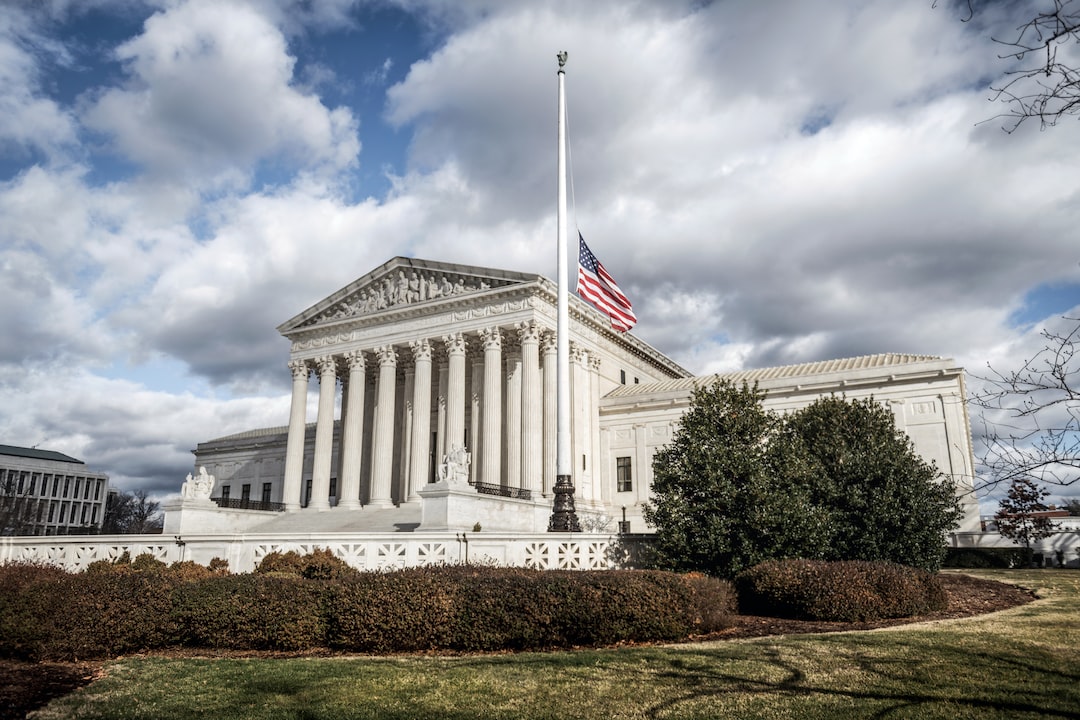The Evolution of Marijuana Laws: From Prohibition to Legalization
In recent years, there has been a significant shift in public opinion and policy surrounding the controversial topic of marijuana. From being strictly prohibited and criminalized to becoming legalized and regulated in many states, the evolution of marijuana laws is a fascinating journey that sheds light on the changing attitudes towards this age-old plant.
Marijuana, also known as cannabis, has a long history of medicinal and recreational use dating back thousands of years. However, it was in the early 20th century that marijuana started facing increasing scrutiny and ultimately became classified as a dangerous drug.
Prohibition Era and the War on Drugs
The prohibition of marijuana can be traced back to the early 1900s when a wave of anti-drug sentiment, fueled by racism and xenophobia, swept across the United States. As Mexican immigrants entered the country, bringing with them the custom of smoking marijuana, it became associated with their culture and labeled as a dangerous substance.
In 1937, the Marijuana Tax Act was passed, effectively criminalizing cannabis at the federal level. This act imposed heavy taxes and regulations on the cultivation, sale, and possession of marijuana, making it virtually impossible for it to be legally obtained or used.
The real turning point in the war on drugs came in the 1970s when President Richard Nixon declared drugs, including marijuana, a public enemy number one and initiated the “War on Drugs.” This war led to harsh penalties, mandatory minimum sentences, and an increased focus on law enforcement in combating drug use, ultimately contributing to the mass incarceration of non-violent drug offenders, disproportionately affecting minority communities.
The Shifting Tide of Public Opinion
While marijuana remained illegal and heavily stigmatized for several decades, public opinion gradually started shifting as more evidence emerged regarding its medical benefits and the racial and social injustice caused by its criminalization.
In 1996, California became the first state to legalize medical marijuana with the passing of Proposition 215. This landmark legislation allowed patients with certain medical conditions to use marijuana with a doctor’s recommendation. This was a crucial step towards recognizing the potential therapeutic properties of marijuana and paved the way for other states to follow suit.
The Rise of Recreational Legalization
The legalization of recreational marijuana took longer to gain traction. However, in 2012, history was made when Colorado and Washington became the first states to legalize the recreational use of marijuana. This decision marked a seismic shift in the national conversation surrounding cannabis and inspired a ripple effect across the country.
Today, more than half of the United States has legalized medical marijuana, and several states have fully legalized the recreational use of cannabis. This includes states like California, Oregon, Colorado, Illinois, and Massachusetts.
The Economic and Social Impact
The legalization of marijuana has had profound economic and social impacts. The cannabis industry has become one of the fastest-growing sectors in the United States, generating billions of dollars in tax revenue and creating numerous jobs. This industry growth has not only helped boost local economies but has also created opportunities for entrepreneurship and innovation.
Moreover, the legalization of marijuana has provided relief to patients suffering from a variety of medical conditions. Research has shown that cannabis can help alleviate chronic pain, reduce nausea and vomiting associated with chemotherapy, and even improve symptoms of certain neurological disorders. Access to cannabis for medical purposes has significantly improved the quality of life for many patients who were previously left with limited treatment options.
Challenges and Remaining Roadblocks
Although there has been significant progress in the legalization of marijuana, challenges remain. Despite state-level legalization, marijuana is still classified as a Schedule I drug at the federal level, alongside substances such as heroin and LSD. This contradictory legal landscape creates numerous issues, including banking restrictions, limited access to financial services, and the threat of federal prosecution.
Additionally, racial disparities in marijuana enforcement persist even after legalization. Minorities are still disproportionately targeted for marijuana-related offenses, highlighting the need for comprehensive criminal justice reforms and equity initiatives within the cannabis industry.
The Future of Marijuana Laws
The evolution of marijuana laws from prohibition to legalization has been a remarkable journey. Growing public support, scientific research, and a desire for social justice have played vital roles in this transformation. As more states continue to embrace cannabis reform, it is likely that federal laws will eventually catch up to reflect the changing attitudes and realities surrounding marijuana.
In conclusion, the legalization of marijuana represents a significant shift in our society’s perception and policies regarding this once-taboo plant. From its prohibition and classification as a dangerous drug, marijuana has now become a regulated and accepted part of our culture. As we move forward, it is essential to continue engaging in open dialogue, conducting rigorous research, and focusing on social equity to ensure that marijuana laws are fair, effective, and reflective of the will of the people.

